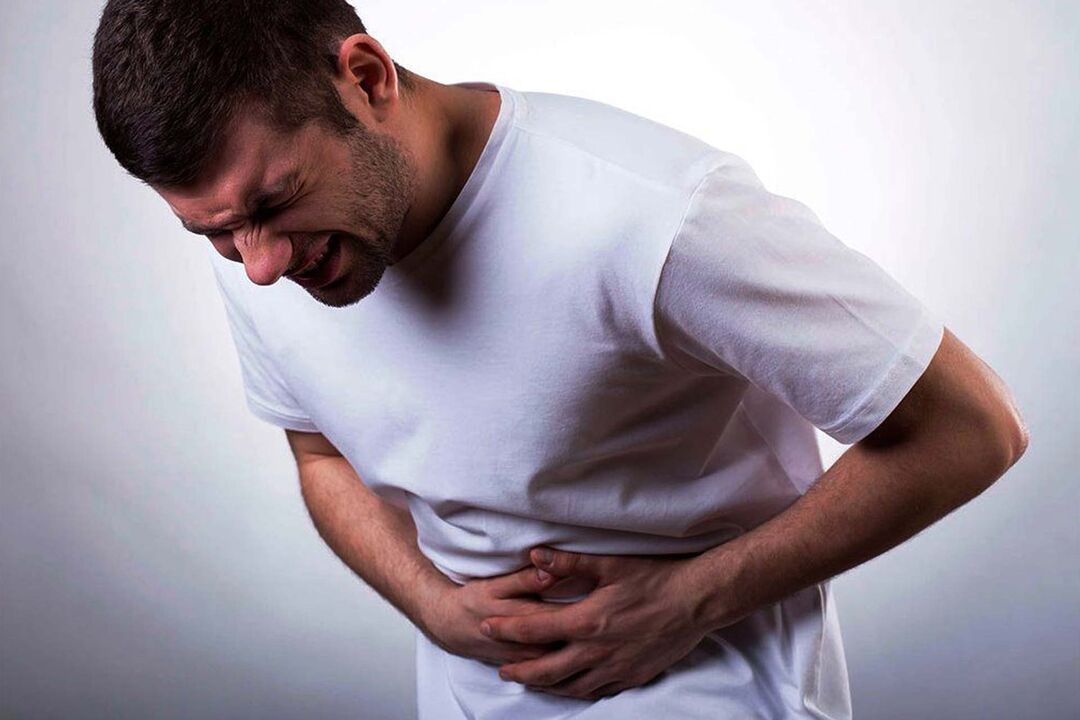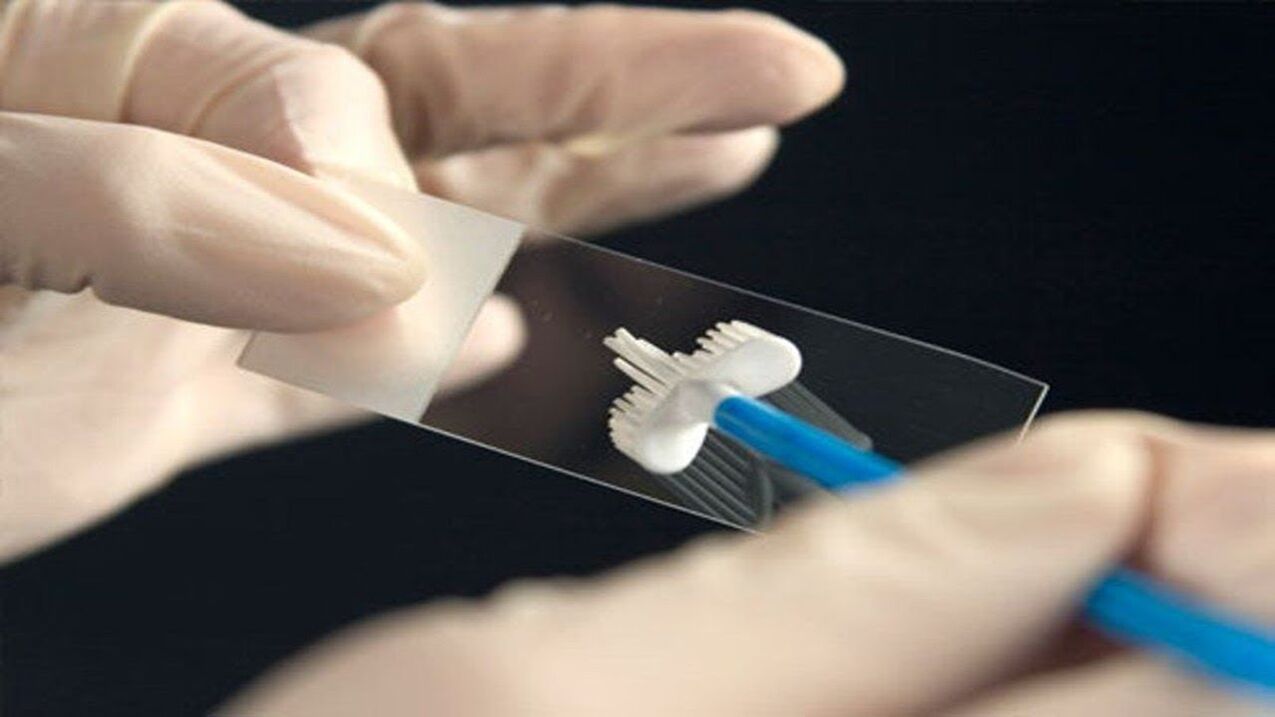Speaking of helminths in humans, the symptoms, the treatment of which is known to many even from childhood, can not go unnoticed that they are conditionally divided into several classes. Different types of parasites differ from each other not only in the form of damage to the human body, but also in the mode of infection. Some of them are specific. For hunters, for example, this is trichinosis, which is found in large quantities in wild birds, rarely in ungulates. But how to accurately determine from the symptoms that a person has worms and what methods to get rid of them are proposed by modern medicine?
Ways of infection
Worms in humans in 99% of cases occur due to violation of basic norms of individual hygiene. And they enter the body through the oral-fecal route, i. e. through contact with the waste of some infected animals or people (it is enough to visit a public toilet). It is impossible to point out the exact signs of the disease (spread of parasites) in the human body, as there are many types of worms and each of them has its own clinical appearance. And even those complex preparations used to destroy them act only on 2-3% of the species of helminths, which are the most common in the world. These include: needles, trichinosis, difilobotriasis, tapeworms, etc. These are the ones most often found in our body. But their greatest diversity is found in Africa, where only 1 in 10 people is healthy. In them, helminths are infected mainly through water, which does not go through the necessary stages of purification and is simply filled with pathogens and parasites.
Considering the types of worms in humans, it is necessary to notice those that enter the body through the meat of infected animals. These, for example, include the same worms that are mostly found on the ground. But once they enter the flesh, they begin to actively multiply. By the way, their distributors are often flies.
Very often, the infection occurs through well water. And here no filter will help - just passing the liquid through a special thermal station, where it heats up to about 80-100 ° C. But these are quite expensive, so they are rarely installed in practice.
And, of course, if worms are found in a person, then it means that he is also a carrier of the parasite. Helminths can also be transmitted by shaking hands if the patient does not wash their hands well after going to the toilet. For this reason, everyone can be infected, regardless of place of residence, social status.
Note that helminths occur more often in children. There are several reasons for this:
- Parents take little care of their children's hygiene, do not point to the basic rules that before eating, after going to the toilet, it is necessary to wash your hands with soap and water.
- The baby's body is less resistant to helminths. Therefore, even some worms can lead to the rapid spread of parasites in the baby's body.

By the way, talking about pliers worms, remember that these are helminth worms that can not reproduce while in the human body. That is, their distribution occurs only when the eggs re-enter the oral cavity. Therefore, if an infected person adheres to strict rules of hygiene, then after 3-4 weeks he will be completely healthy - part of the helminths will be destroyed by immunity, the rest will leave the body naturally along withfeces.
Varieties of parasites
Which helminths are known to be the most common in the world? Of course, breast worms, which are found in almost every place on our planet. This is due to the fact that they freely infect both humans and pets and can be transmitted, including food and water. The symptoms of their appearance in the body are classic: violation of defecation, functions of the gastrointestinal tract, signs of primary intoxication.

Parasitic species such as roundworms are mainly found in domestic and wild animals, but they almost never infect humans. They easily enter our body, but die in just a few days. In severe cases, for example, when the patient's immunity is greatly weakened, the parasites settle in the lungs, sometimes in the liver, which is accompanied by a sharp rise in temperature. As a rule, at the same time, round worms are clearly visible in the feces, even with a visual examination.
Trichinosis is another common type of helminth that enters the body mainly through the meat of fish and poorly processed (thermally) animals. Causes muscle aches, sometimes swelling of the face and general intoxication of the body.
But the most dangerous of the common helminths is tapeworm, as it can also cause a spasmodic attack, as its metabolic products affect the functioning of the nervous system. It is also dangerous that this type of helminth can live safely in our body for about 30 years, growing up to several meters in length. In the later stages of the infection, it can only be removed surgically, as it can create tunnels in the organs for rapid movement.
Schistosomiasis - helminths that are more common in men (this is due to differences that are natural in the process of urination in men and women). Infection with such worms is associated with numerous symptoms, and in severe cases, helminths can escape through the urethra. It should be noted that these types of worms are more common in Africa, as the infection occurs only through water or food.

Symptoms of pathology
How do you find out if a person is exposed to helminths on the body? In the early stages - only through a comprehensive blood test, as well as feces, urine. In the laboratory they study the change in the composition of these substances, the change in the background of antibodies. But roundworms and needles are easily identified even when a stain is taken from the rectal cavity. Such an analysis is necessarily performed when passing a medical commission at the school, after receiving a sanitary book.

But the primary symptoms of worm infection appear much later, when their number in the body increases significantly and this is accompanied by intoxication with the remains of parasites. For example, if we are talking about flatworms, then the patient may not know about them even after several years from the onset of the infection. Suspicion causes only a rapid decline in body weight (despite adhering to a healthy diet), as well as lethargy. By the way, many people know that in the 19th century (as well as in the early 20th century), worms were generally used in medicine to quickly get rid of excess body weight. But this only happened until scientists discovered that such therapy is irreparably harmful to health.
Speaking of helminths, it should be noted that most of them can cause allergic reactions. And this is probably one of the most dangerous symptoms. In some patients, this can lead to sudden anaphylactic shock and even death due to rapid inflammation of the airways. And all this for the fact that in the waste products of helminths there is a large percentage of those substances that cause allergies. Strongiloidiasis is the most common worm, the symptoms of which include such a reaction.
For diagnosis, doctors often use the so-called symptomatic test. This is a small sheet with about 20 questions. They offer to describe how often a person has a headache after eating what kind of food starts diarrhea, etc. In 80% of cases, test results are reliable, which is why many doctors still use such diagnostic tools.
Therapeutic measures
Given the fact that there are worms, and how different they are from each other, they need to be treated with different tools. Most species of helminths are easily eliminated with the use of pesticides. They, in turn, destroy the positive microflora for them, making the body temporarily unsuitable for them to live. However, the use of such drugs is quite detrimental to our immunity, so they should only be used as prescribed by the attending physician.

Remember that all worms are conditionally divided into rounds, flats and streams, and different types of anthelmintic preparations are used to get rid of them. The variety of parasites, despite the harsh climate, still remains high - over 70 subtypes. Also, when determining the dose of pesticide used, it is necessary to take into account factors such as the patient's age, body weight, duration of infection (conditional, based on complex analysis data).
However, most helminths can be easily eliminated with the help of anti-helminthic drugs. But keep in mind that you will need to be treated within 3-4 months after you have completed 2 courses of therapy. And here it will be quite important to follow a strict diet, recommendations for body weight control.
The symptoms, the natural treatment of one or another type of parasite, practically in no way depend on their subtype. The clinical picture for the most part depends only on the physiological characteristics of a given patient and on the period that has elapsed since the infection.
Preventive measures
As mentioned above, the most effective prevention of helminths is adhering to the basic rules of personal hygiene, eating only well-treated foods. But those who love bloody meat belong to the most vulnerable category of patients, in whom worms are found in almost 97% of cases. The same goes for those who like to eat fresh vegetables and fruits bought in a store or market, without then washing them under running water. And all about the fact that people who work in the harvest do not adhere to hygiene (because it is not provided by the employer).
Therefore, to know for sure that in a person the symptoms with which he goes to the clinic are not related in any way to helminthiasis, he also does blood, feces and urine tests. After all, some types of worms cause symptoms similar to those that occur with an infectious lesion. These, for example, include diphyllobothriasis, whose infection is very similar to a simple flu illness. However, such a reaction of the organism is related precisely to the properties of toxins that the parasite will release into our body. This is accompanied by a sharp rise in body temperature, runny nose and sore throat. But it's all because of dehydration. And those roundworms and the toxins they secrete cause the same symptoms as in violation of the gastrointestinal tract.






































